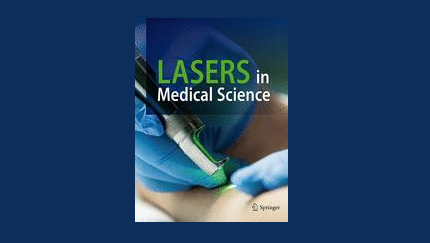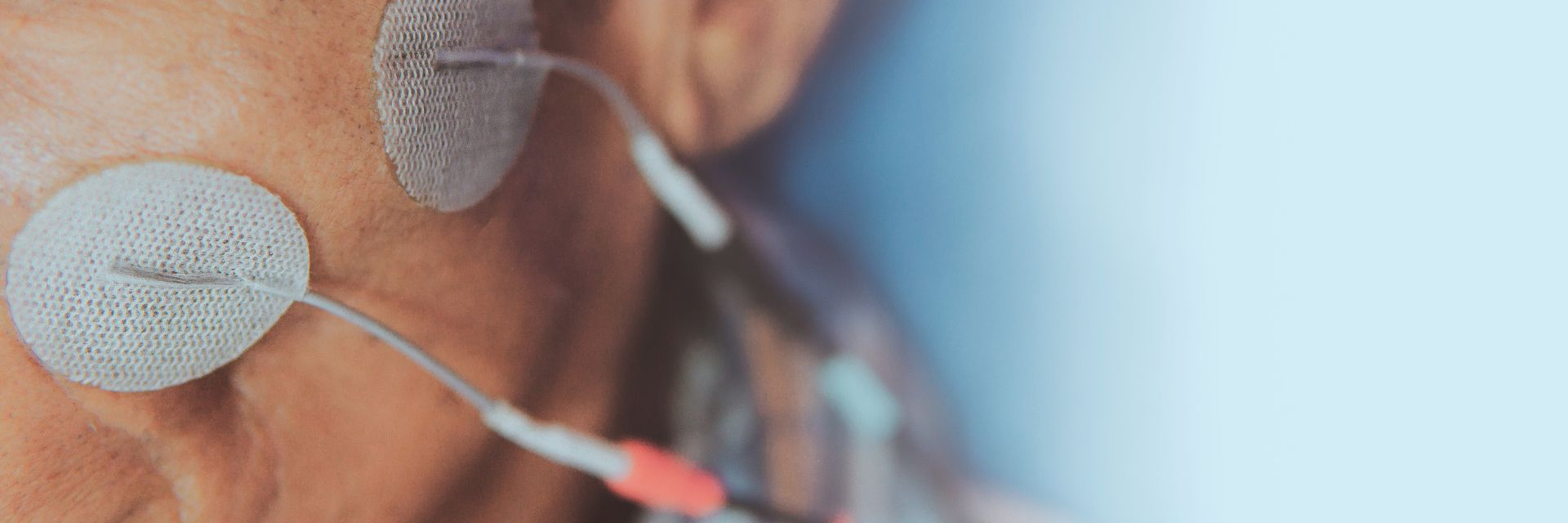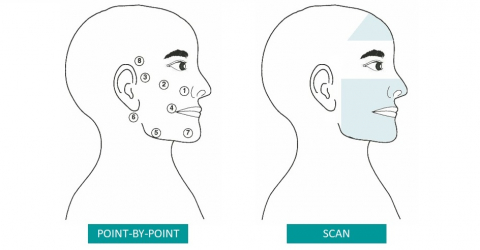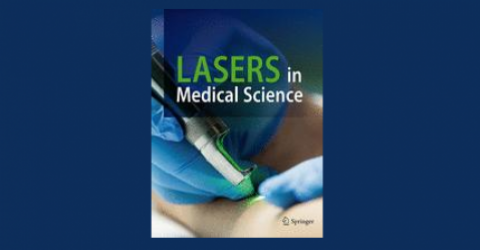The healing power of high-intensity laser therapy for Bell's Palsy
ASA is constantly committed to disseminating knowledge, the results of researches and discoveries in the medical and technological fields regarding laser therapy applications. These include a study conducted by researchers at Cairo University entitled: "Effect of high-intensity laser therapy on the range of motion of facial muscles in patients with Chronic Bell's Palsy" (Effect of high-intensity laser therapy on the range of motion of facial muscles in patients with Chronic Bell's Palsy), published in SPORT TK-Revista Euro Americana de Ciencias del Deporte.
This research investigated the effects of Hilterapia® in patients with Bell's Palsy.
Bell's Palsy: symptoms and incidence
Bell's Palsy is an idiopathic, predominantly unilateral form of facial palsy that affects approximately 15-30 people per 100,000.
It is characterised by the dysfunction of the facial nerve (7th cranial nerve), which is responsible for the innervation of the muscles involved in facial expressions. The sudden onset of symptoms, which can peak in as little as 72 hours, leads to facial weakness, drooping of the corner of the mouth, inability to close the eyelids and other facial asymmetries. Common treatment options include corticosteroids to reduce inflammation and physiotherapy to stimulate the facial nerve.
The Cairo University study
Researchers at Cairo University conducted a study to evaluate the impact of Hilterapia® on facial muscle mobility in patients with chronic Bell's Palsy (≥ 6 months). The research enrolled 40 subjects aged between 20 and 40 years, 20 of whom suffered from Bell’s Palsy and 20 healthy individuals who constituted the control group.
Using 20 radiological skin markers at specific reference points and sophisticated CAD image processing, the medical team measured the angle of movement of five different facial muscles on both sides of the face during predefined facial movements and expressions.
The patients with Bell’s Palsy were treated with Hilterapia® once a week for a total of four sessions, using the HIRO 3.0 device.
The Hilterapia® sessions included three phases: fast scan, trigger point and slow scan, with a total treatment duration of 15 minutes.
In addition to this, the patients were instructed to perform simple facial exercises between sessions.
Promising results
At the end of the treatment cycle, the researchers observed significant improvements. There was a substantial increase in facial movement angles on the unaffected side of the face and a significant reduction in the same angles on the affected side. This study adds to the research conducted by Dr. Alayat, M. S., et al. (2014) supporting the efficacy and safety of Hilterapia® in the treatment of chronic Bell's Palsy.
Although the article ends by stating that "high-intensity laser therapy has proven to be an effective and safe rehabilitation method and can be successfully used in physical therapy programs for the treatment of patients with chronic Bell’s Palsy”, this field of application is currently being investigated and is considered as an off-label use of Hilterapia® devices.

Another study on laser therapy
In addition to the Cairo University study, there is another noteworthy study which has been published in "Lasers in Medical Science". This study analysed the efficacy of MLS® Laser Therapy in patients with acute unilateral facial palsy using the M6 robotic device.











